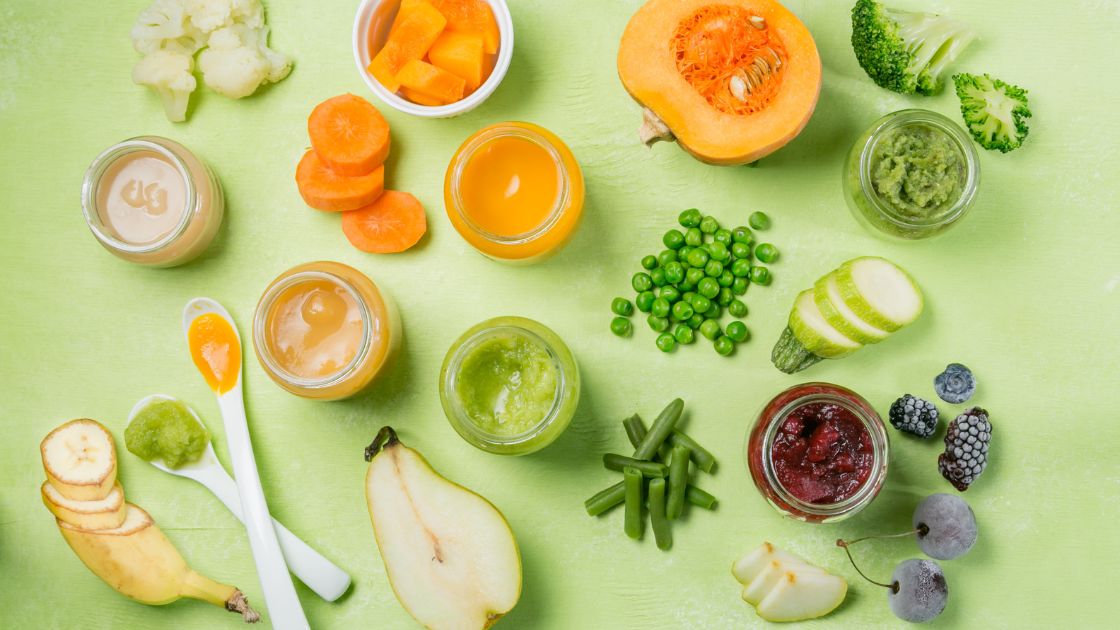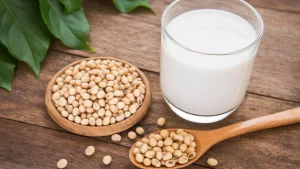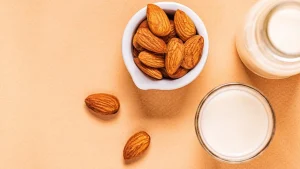The best way to maintain a completely balanced diet and a healthy lifestyle is to eat a variety of colors. This is a way to provide your body with the nutrients it needs, according to nutrition experts. The importance of colors in food is very crucial in food habits.
Learn how fruits, vegetables, grains, and flowers are separated according to color in this blog. Every color possesses qualities that guarantee the health and protection of the organism. Continue reading and discover the importance of colors in food and start adding your meals and snacks with color.
What is the importance of colors in food?
Foods with white color:
Cauliflower, milk, mushrooms, and bananas are examples of foods with white pigmentation that are linked to the input of calcium and potassium. These include rice and cheese as other examples.
These minerals also help the body work properly by improving bone development and maintenance, heartbeat regulation, and other vital processes. This makes them incredibly important. The neurological and muscular systems also benefit to consume them.
Foods with red color
Red foods are important because they contain an antioxidant called lycopene. Additionally, promote blood circulation and fight prostate cancer.
These foods offer an additional source of vitamin C, magnesium, and other nutrients. The carotenoid lycopene, which has been the subject of countless studies because of its properties, is what makes them most notable.
The most intense reds contain anthocyanins. These have antioxidant properties that help reduce oxidative stress and help fight disease.
Foods with green color
Green lush veggies come to mind first when you consider a nutritious diet. And this is true. Leafy green vegetables include chlorophyll and some vitamins, like type A, which cleanse cells and stop the formation of free radicals (which are responsible for aging).
Green vegetables have the vital nutrients from the “army” of molecules that fight cancer, which is a very intriguing quirk. They are also wonderful for preserving hair and skin.
Foods with yellow and orange color
Examples of meals with yellow and orange colorings include papaya, carrots, pumpkin, and orange. They should be a part of a healthy diet since they are high in vitamin B3 and chlorogenic acid. These vitamins support a healthy neural system and ward off breast cancer.
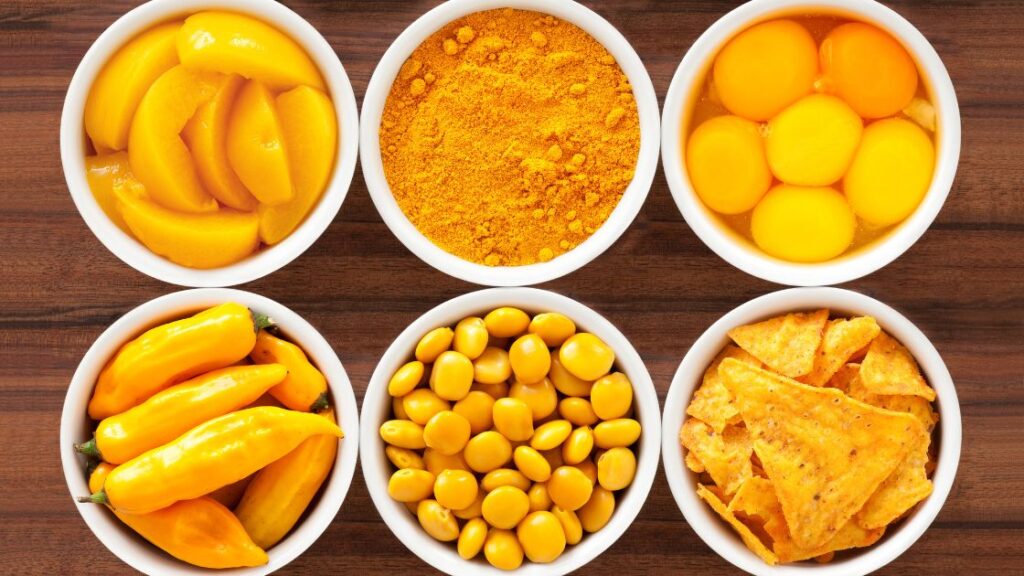
Foods with purple and blue colors
Betting on plums, grapes, and beets will help you put off aging. They serve this purpose in the body because they are rich in ellagic acid. They can also help in the prevention of issues with the cardiovascular system and digestive systems.
They can contribute a protective impact against some types of cancer and contributes to improvement in memory.
Foods with brown color
Cereals, almonds, and nuts are examples of foods that include fiber and vitamins B and E. They are ideal foods to help your intestine to stay healthy and properly functioning. Also, they can help battle mental diseases like anxiety and depression.
A healthy and balanced diet with colorful foods
It’s crucial to eat more fruits and vegetables, as well as to pay attention to their natural colors and add them to our plates. Fruits and vegetables do not all have the same nutrients because they are not created equal.
In this sense, it is vital to eat the greatest variety with the purpose to consume the most nutrients possible.
If you eat four or five items every day but always the same fruits and veggies, you’re not doing it correctly. Most likely, you are not consuming all the nutrients your body needs. The secret is not only the quantity but the variety and considering as many colors as possible.
What is the meaning of natural food color?
Nutritionally, all that is required when trying to create a more appealing diet is to consider as simple a change as adding color. Phytochemicals, which are naturally occurring bioactive compounds found in fruits and vegetables, give them their distinctive colors. But it’s not just about color, these phytochemicals also promote good health.
The foods with the most striking colors tend to be those with the most vitamins, minerals, fiber, and antioxidants. It is important that both at breakfast, dinner, and lunch, our dishes must have at least three-quarters of colorful vegetables.
What are the properties of food according to color?
White
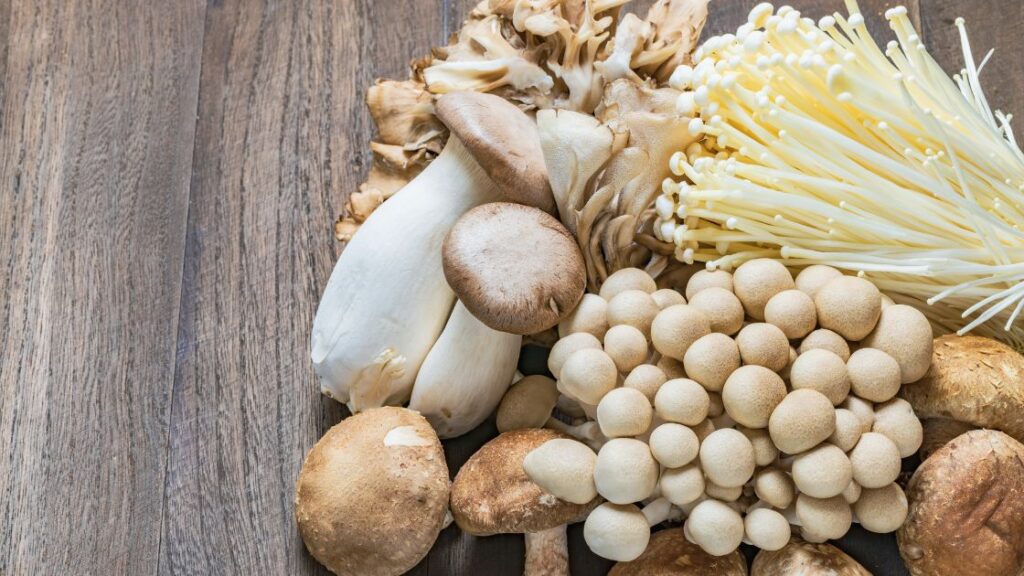
Protecting your immune system can be very easy if you eat white foods. Including garlic, mushrooms, onion, and cauliflower in your daily diet will help you strengthen your defenses naturally and healthily.
Yellow
If you want healthy and rejuvenated skin, you must consume yellow foods. They will provide essential nutrients to maintain the elasticity of your skin. In addition, they contribute to the health of your bone mass.
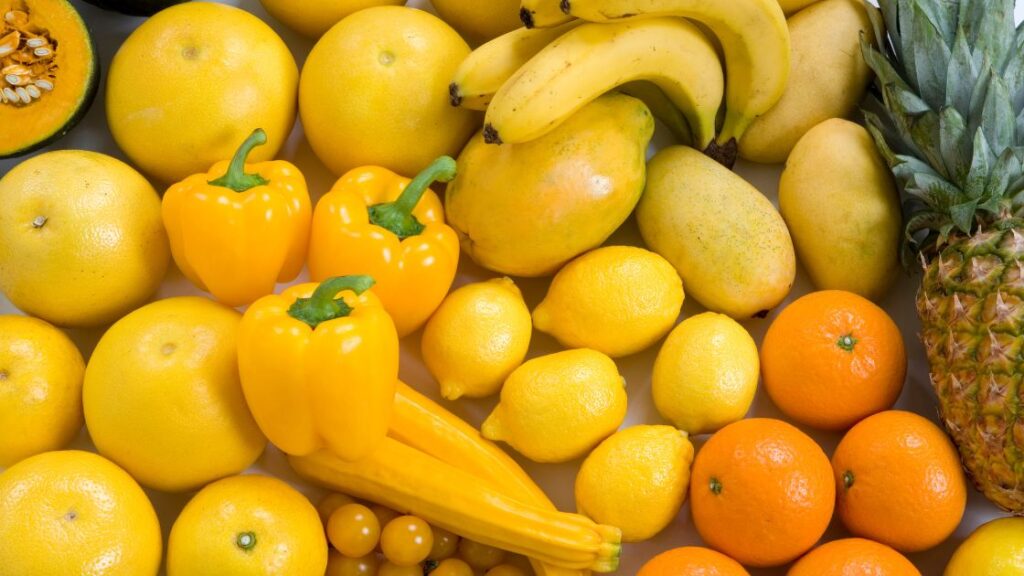
Try including some of these foods in your daily diet: pineapple, orange, medlars, peaches, grapefruit, tangerines, mangoes, and melons.
Red
If you have to take care of the health of your heart and your entire cardiovascular system, red foods should be your priority. Includes daily consumption of paprika, tomato, radish, chili, raspberry, cherries, watermelon, strawberries, and apples. Consuming 2 to 3 servings of these red foods a day will begin to strengthen your cardiovascular system and enjoy its benefits.
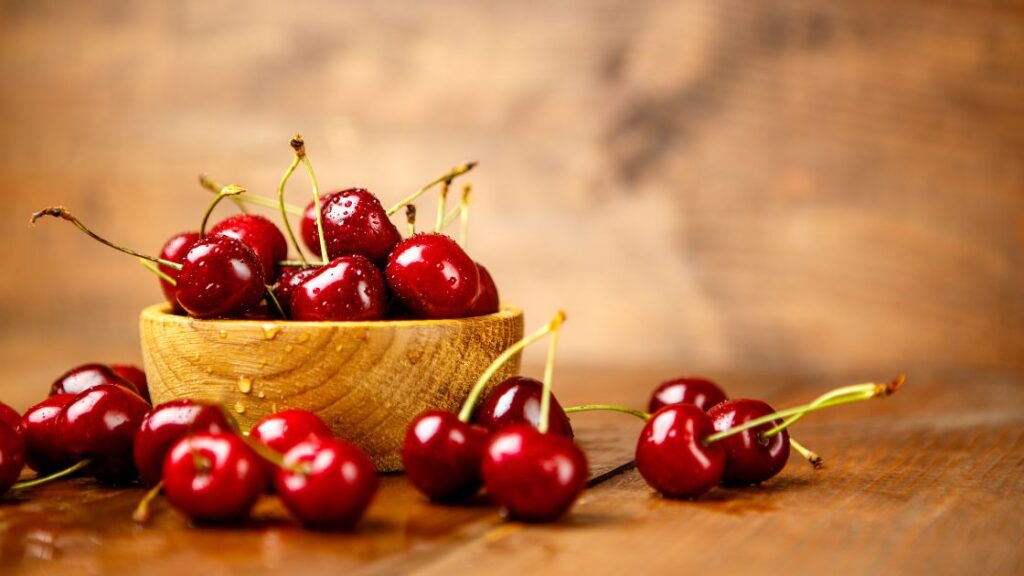
Green
Green foods are loaded with nutrients and their regular consumption is beneficial for both the liver and your entire body. If you are looking to purify and detoxify your body, include green food shakes or consume them naturally as well. You can try consuming broccoli, zucchini, spinach, chard, artichoke, lettuce, watercress, and celery.
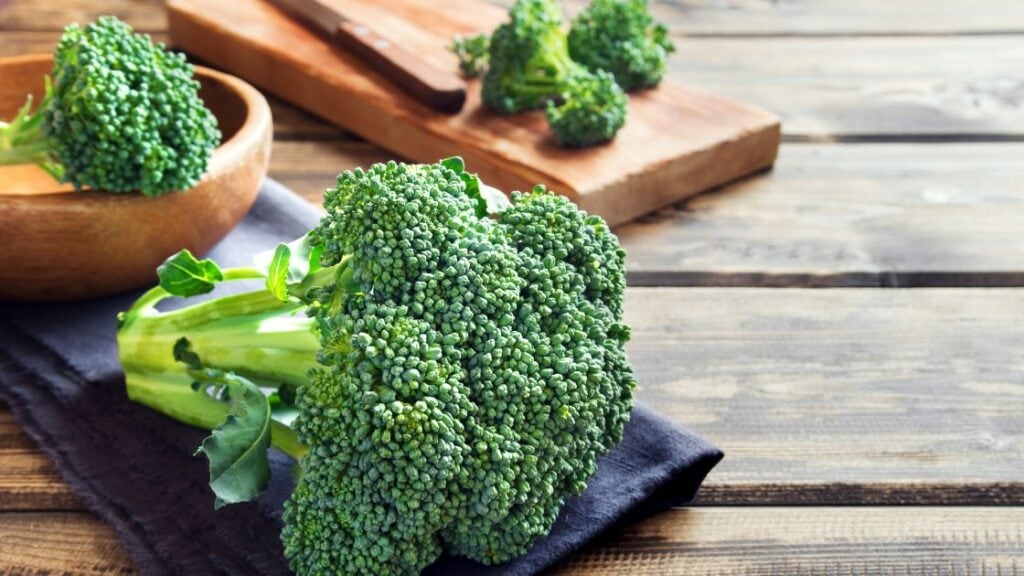
Purple
Foods that have this color are ideal for improving eyesight. Also if you like to take care of the signs of aging, these foods can help you. Some are beets, eggplants, blueberries, grapes, purple onions, plums, and blackberries.
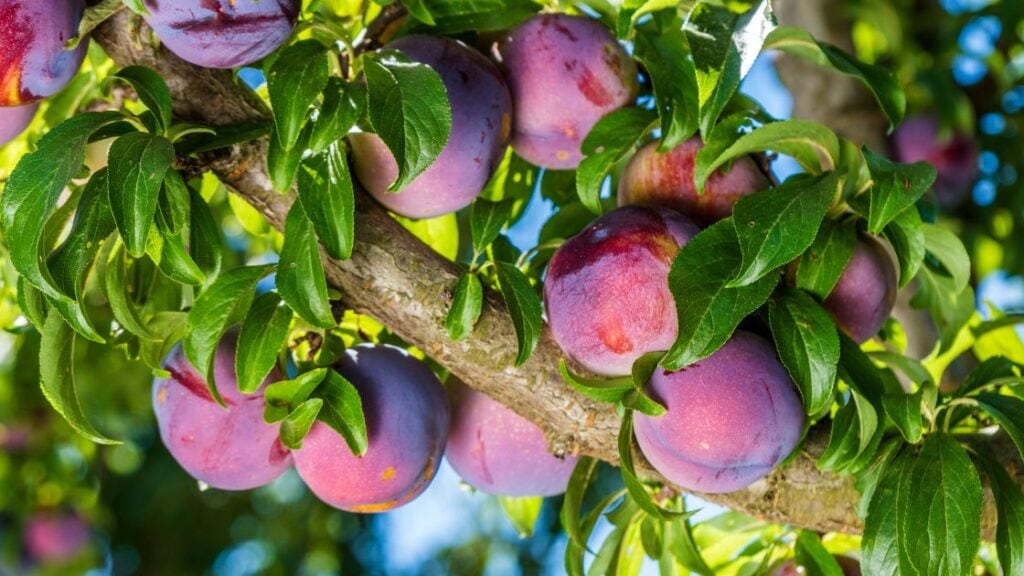
Orange
If you suffer from gastrointestinal discomfort, foods full of orange color can relieve you. These foods are loaded with digestive enzymes that help your stomach carry out its digestive process.
Your skin also benefits from all the nutrients that orange foods provide. You can enjoy healthy and radiant skin. Include in your daily diet foods such as carrots, pumpkin, sweet potato, grapefruit, and papayas.
Plates full of colors
You already know the importance of colors in food and you should take advantage of it. After reading our publication you know what each color means and how each food group will benefit you.
Remember to always include a variety of colors in your daily diet. It’s not just about quantity but variety. Start eating them and take advantage of the vitamins and nutrients that each color group has to contribute.

I am a professional health and nutrition writer with extensive experience in the industry. My passion for sharing valuable insights on nutrition and wellness stems from over 15 years of personal training and maintaining a healthy lifestyle. My commitment to continuously educate myself on the latest trends and research in the field allows me to deliver high-quality content that is informative and engaging. My mission is to empower individuals to make informed decisions about their health and well-being through my writing.
